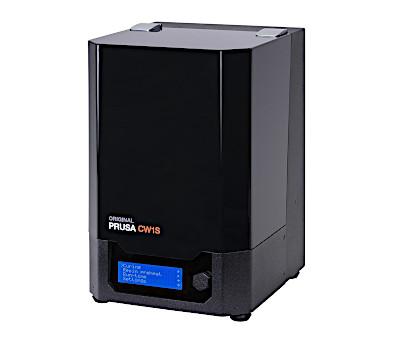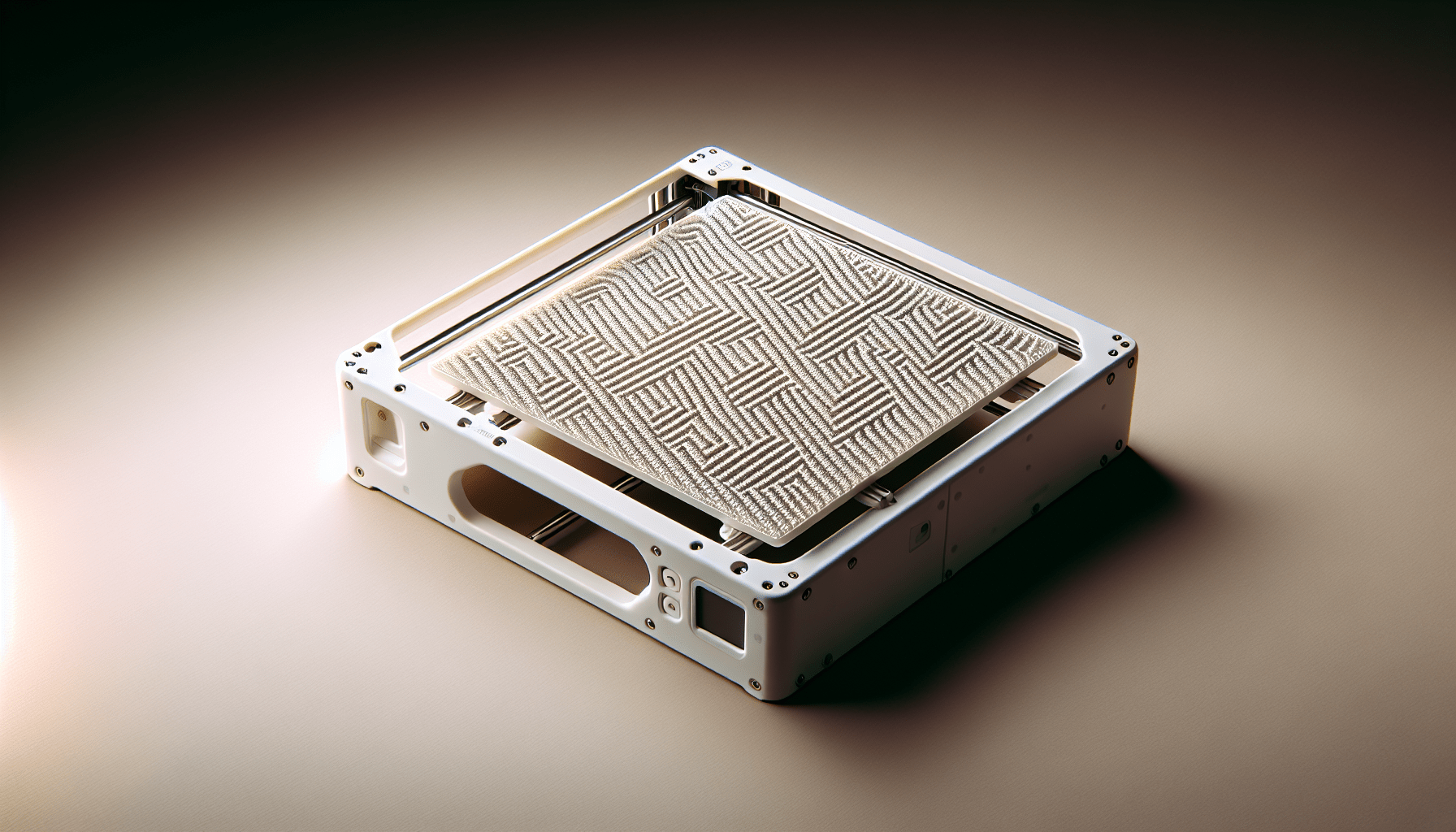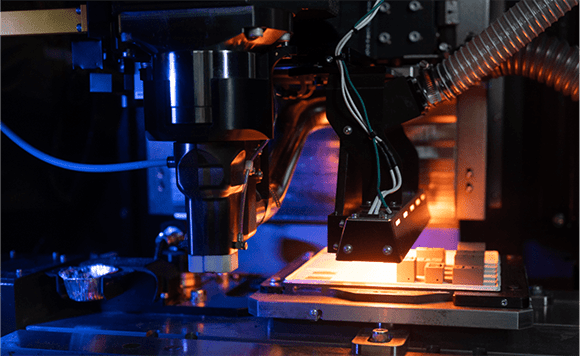Bambu Lab A1 Mini 3D Printer, Support Multi-Color 3D Printing, Set Up in 20 Mins, High Speed & Precision, Full-Auto Calibration & Active Flow Rate Compensation, ≤48 dB Quiet FDM 3D Printers
$399.00 (as of June 19, 2025 23:45 GMT +00:00 - More infoProduct prices and availability are accurate as of the date/time indicated and are subject to change. Any price and availability information displayed on [relevant Amazon Site(s), as applicable] at the time of purchase will apply to the purchase of this product.)Have you ever wondered how groundbreaking advancements in 3D printing could reshape industries? The researchers at Lawrence Livermore National Laboratory (LLNL) seem to have cracked open a new dimension with their introduction of Microwave Volumetric Additive Manufacturing (MVAM). This novel approach is pushing the horizons of what we thought was possible in the realms of 3D printing, unveiling avenues previously clouded by the limitations of conventional technologies.
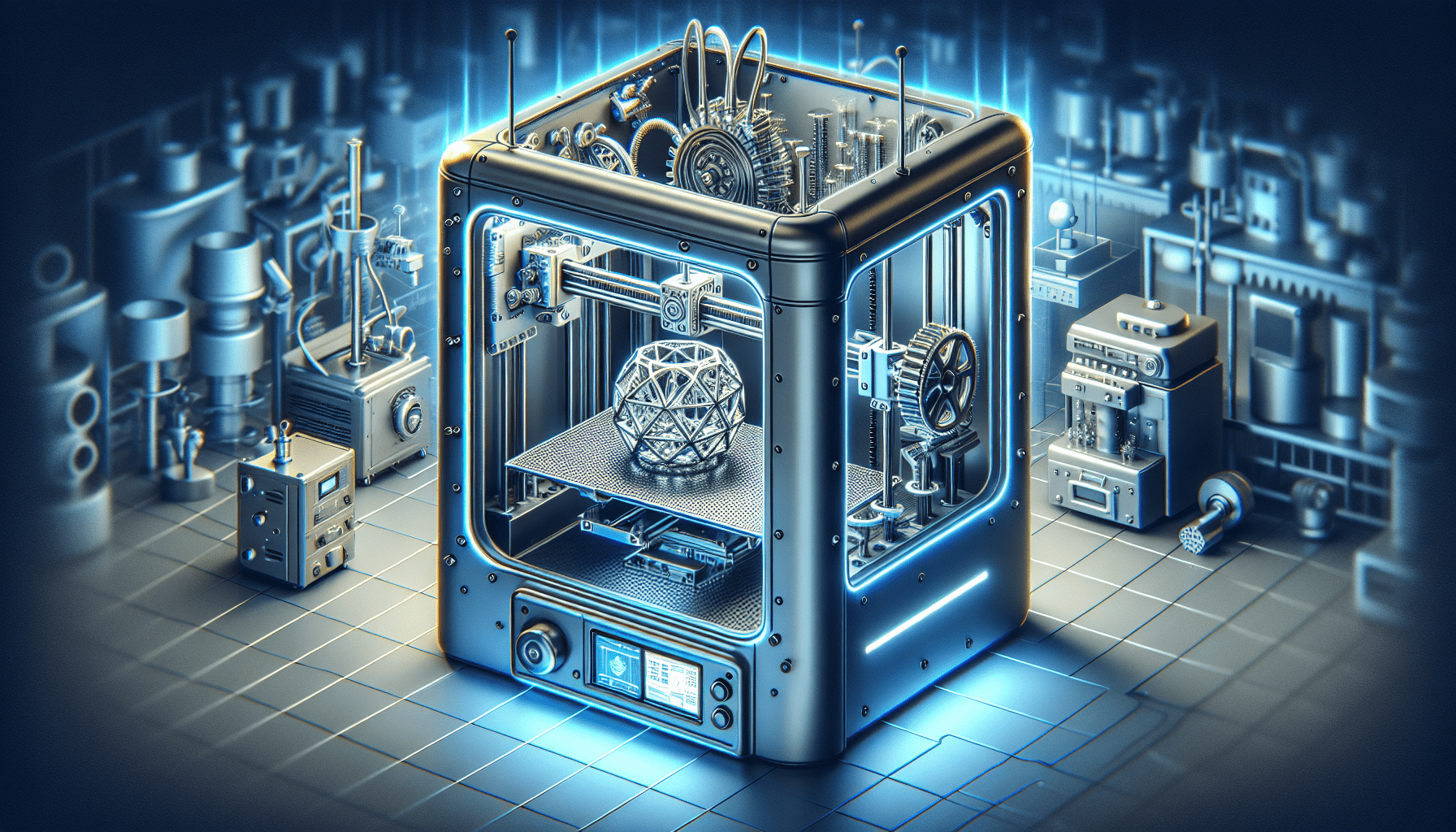
Buy Photon Mono M5 Get Free 1KG Resin
What is Microwave Volumetric Additive Manufacturing (MVAM)?
Microwave Volumetric Additive Manufacturing, or MVAM, isn’t just another incremental step in the evolution of 3D printing; it’s a leap. This novel technology employs microwave energy to cure materials, a departure from the traditional light-based methods. The use of microwaves enables working with a broader spectrum of materials, especially those that are opaque or composite, something that has been a challenging frontier for 3D printing technologies.
How Does MVAM Work?
The heart of MVAM lies in its ability to utilize microwave energy for curing materials. Unlike light-based systems, which are confined by their inability to penetrate deeply into solid structures, microwave energy can delve deeper, curing materials more uniformly and allowing for the creation of more intricate geometries. This advancement makes MVAM uniquely suited for producing complex, functional, and potentially larger parts, which were previously out of reach with conventional 3D printing methods.
Key Advantages of Microwave Energy
You might be asking, why microwaves? To put it simply, microwaves have several properties that make them particularly advantageous for additive manufacturing:
| Property | Benefit in MVAM |
|---|---|
| Deep Penetration | Enables curing of thicker and more opaque materials. |
| Uniform Energy Distribution | Results in more consistent and uniform material properties. |
| Faster Curing Times | Can significantly reduce the overall production time. |
Revolutionary Potential Across Various Industries
Imagine producing intricate aerospace components or automotive parts with unprecedented speed and precision. MVAM has the potential to revolutionize multiple sectors, from aerospace and automotive to healthcare, by enabling rapid prototyping and the creation of parts with complex geometries that were once impractical or impossible to manufacture.
MVAM in Aerospace and Automotive
In the aerospace and automotive industries, where precision and reliability are paramount, MVAM offers numerous benefits. The deep penetration capability of microwave energy can ensure that even the most complex parts are uniformly cured, enhancing their structural integrity and reliability. In addition, the ability to quickly prototype and produce parts can significantly accelerate the development and manufacturing processes, leading to faster innovation cycles.
Healthcare Adaptations
In healthcare, the ability to quickly produce bespoke implants and medical devices can be a game-changer. MVAM’s capacity to work with a wide range of materials, including biocompatible composites, opens the door to customized medical solutions that can better meet individual patient needs. The precision and speed of MVAM can particularly benefit the production of dental prosthetics, orthopedic implants, and even surgical tools.
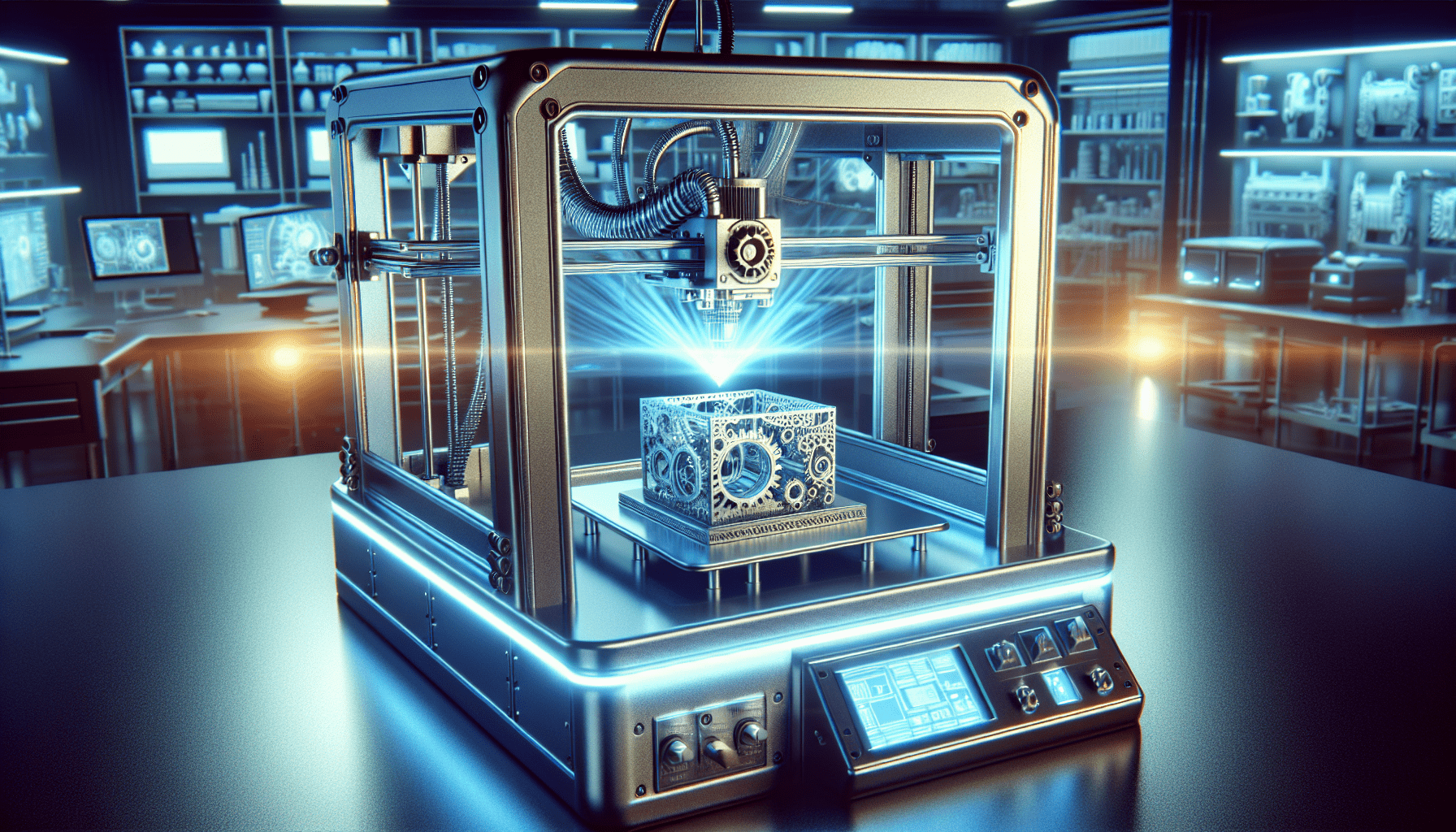
$30 off $400+ Anycubic Products with code AC30OFF
Technical Marvel: The Multi-Physics Computational Model
Another pillar supporting the MVAM technology is the multi-physics computational model developed by LLNL researchers. This model is instrumental in optimizing microwave power delivery and curing times, tailoring the process to achieve the desired material properties and structure.
The Importance of Optimization
Optimization in MVAM involves managing several variables, such as microwave frequency, power levels, and material properties, to ensure efficient and effective curing. This is crucial for producing high-quality, reliable parts. With this model, researchers can simulate and refine the process, reducing trial-and-error iterations and paving the way for more predictable and repeatable manufacturing outcomes.
Achieving Ultra-Fast Curing Times
Remarkably, these optimizations have led to curing times as short as six seconds under high power levels. This is a substantial improvement over traditional volumetric additive manufacturing methods, which can take much longer. The rapid curing times not only boost productivity but also lessen the potential for material degradation, resulting in better-quality parts.
Future Prospects: Scaling Up and Speeding Up
One of the most exciting aspects of MVAM is its potential to scale up. There is a promising possibility that this technology could be used for producing meter-sized structures, contributing to large-scale manufacturing processes. This scalability is particularly important for industries like construction and maritime, where large, complex parts are a necessity.
Scaling Up Production
The future of MVAM looks bright, with the possibility of scaling up production processes to create larger structures without compromising on quality or complexity. This could revolutionize the production of large industrial components, enhancing efficiency and reducing costs in the long run.
Rapid Prototyping and Manufacturing
Speed is another critical factor. By significantly shortening curing times, MVAM can accelerate not just the prototyping phase but the entire manufacturing process. This rapid turnaround can provide businesses with a competitive edge, enabling quicker time-to-market for new products and innovations.
Expanding the Material Palette: Beyond Light-Based Limitations
Perhaps one of MVAM’s most groundbreaking aspects is its ability to work with materials that have been out of reach for light-based systems. This includes ceramics, a material with excellent properties for many applications but notoriously difficult to work with using traditional 3D printing technologies.
The Importance of Ceramics
Ceramics are known for their hardness, thermal stability, and resistance to wear and corrosion. These properties make them ideal for a variety of applications, from aerospace and automotive to electronics and medical devices. However, their traditional manufacturing methods are often labor-intensive and costly. MVAM provides a new pathway for ceramic manufacturing, making it more accessible and adaptable.
Overcoming Traditional Limits
Light-based 3D printing technologies have struggled with opaque and composite materials because light cannot penetrate deeply enough to cure them uniformly. This limitation has confined the range of usable materials and hindered the development of more complex parts. MVAM overcomes these barriers, opening up new possibilities for innovation and application.
Current Challenges: High Costs and Future Solutions
While MVAM holds immense promise, it’s not without its challenges. The high costs associated with microwave devices are a significant hurdle that researchers are actively working to overcome.
Cost Challenges
Microwave technology, especially at the precision required for MVAM, can be expensive. This high cost can be a barrier to widespread adoption, particularly for smaller businesses or those operating in cost-sensitive industries.
Strategies for Cost Reduction
Researchers are exploring various strategies to reduce the costs associated with MVAM. These efforts include developing more affordable microwave generators and refining the process to make it more efficient. By reducing the material waste and energy consumption associated with MVAM, researchers hope to make the technology more economically viable.
Collaborative Efforts: The MVAM for Ceramics Project
Behind this pioneering research is a collaborative effort led by Saptarshi Mukherjee and Johanna Schwartz. The project, aptly titled “Microwave Volumetric Additive Manufacturing for Ceramics,” is part of a broader initiative at LLNL to innovate and expand the capabilities of additive manufacturing technologies.
Leading the Way
Mukherjee and Schwartz are at the forefront of this research, driving forward the development of MVAM and exploring its applications. Their work is not just pushing the boundaries of what’s possible in 3D printing but also setting the stage for future advancements across multiple industries.
Diverse Expertise
The project brings together a diverse team of experts in fields such as materials science, engineering, and computational modeling. This multidisciplinary approach is crucial for addressing the complex challenges associated with developing and implementing MVAM technology.
Embracing a New Era in Additive Manufacturing
With the introduction of Microwave Volumetric Additive Manufacturing, LLNL researchers are paving the way for a new era in additive manufacturing. This groundbreaking technology offers the potential to revolutionize industries, enabling the creation of complex, high-quality parts with unprecedented speed and efficiency.
Broad Benefits
The benefits of MVAM are broad and far-reaching, from enabling new material applications to significantly shortening production times. As researchers continue to refine and develop this technology, we can expect to see more industries adopting MVAM and reaping its benefits.
Looking to the Future
The future looks bright for MVAM. As researchers tackle the current challenges and continue to innovate, we can look forward to seeing this technology transform the landscape of additive manufacturing, pushing the boundaries of what’s possible and opening up new opportunities for innovation and growth.
The journey of MVAM is just beginning, and it promises to be an exciting one. As we move forward, we will continue to explore the potential of this groundbreaking technology and its impact on industries and applications worldwide. So, keep an eye on MVAM—it’s set to change the game in more ways than one.
Buy Photon Mono M5 Get Free 1KG Resin






